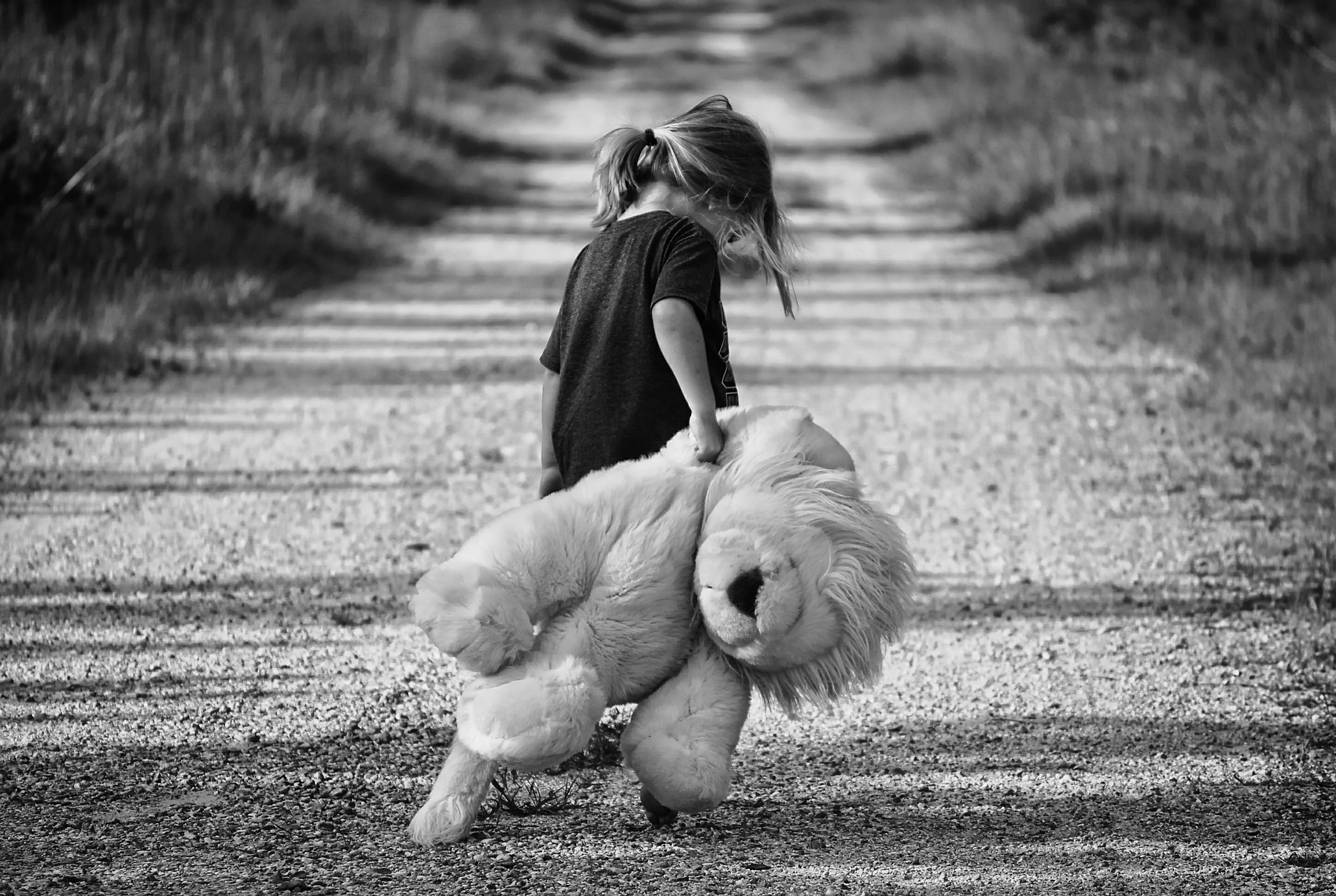“It shouldn’t be like this!”
You’ve said that, right? I know I have (multiple times – way too many to count!) We all do. We all get upset at life, upset at how we’re treated, what someone says, the pain and suffering that we go through. Our answer to things that don’t work is encapsulated in these five words, “It shouldn’t be like this!”
We scream it. We fume it. We announce to the world in one form of another that life should be different. It should be fairer, better, less hard, more welcoming.
It should be.
And it can be – with insight and practice.
Here’s the research behind this.
John Bowlby (the grandfather of attachment theory) teamed up with James Robertson after World War II to explore what happened to children who were “changed” by their stays in hospital without their primary caregiver. Children, left at the hospital without their caregiver(s) would initially protest when they were separated, then go through a period of despair and eventually detach if not reunited.
Over the years as I worked with people especially those with histories of trauma I would talk with my colleague Frank Corrigan, MD from Glasgow, Scotland about people’s upset. It became clear that from an attachment perspective, people were protesting. They didn’t like what was happening to them! They wanted things to be different. They just didn’t know how to make “it” different. Yes, they went into despair. And yes, they would detach. They would be angry for so long. Not noticing that the anger made a difference they would disappear. Fade away.
I began to talk to clients how the whole array of behaviors was a form of PROTEST.
That made sense to them. They knew those times when their whole being was saying NO! They recognized the words describing their experience: I want it to be different. I don’t want it to be this way.
Holding this as Protest made a world of difference to them.
But, I didn’t want them to stop there. Attachment theory lets us know that we don’t have to be stuck in the pain and despair of our lives. We don’t have to be shaped by what happened. We are able to change, remapping our internal experience from the inside out.
Our PROTEST is only one piece of the puzzle.
Protest lets us know that we need something. We want something else.
But most of us get caught in the distress of what isn’t working (and who can blame them. We all do this until we learn there’s another way.)
How, you ask? Good question.
Protest lets us know that something is missing.
The reason you are protesting is because something deep inside you knows it should be different. Right? Why else would you be protesting? If “it” was supposed to be this way, then you wouldn’t be upset at it. You would be dealing with it as it is.
But we don’t. We get upset. Angry. Perturbed. Offended. We rail against what’s happening.
We judge. Criticize. Blame. (pick your favorite version….)
What’s the missing piece?
We want something.
More importantly, we need something.
(here’s where the ‘ick” factor skyrockets!)
For people with attachment wounding, one of the worst words in the English dictionary is ‘need.” We’ve learned that being “needy” is something to be avoided. Certainly, (we’ve learned) if we’re needy others will avoid us. We’re told, we’re “too much.” Too intense. Too something. So, we pull in, hide our needs, reject our native, natural need to need each other.
Yet, inherent in our needs, in what we want is the alchemical fuel for transformation. That is, if we know how to translate our protest into guidance. And for that we need to know what we need.
When we know what we need (as painful as it is) we’re connected inside our own hearts and minds.
This doesn’t mean our task is over!
Once we know what we need we can explore what the great yogic sage Patanjali suggested: find the opposite. For those who have been hurt by life it’s important not just any opposite, but to find what I call the Nourishing Opposite.
Let’s say, like my client Madeline (not her real name), you’re protesting at someone being mean to you. Okay, I’ve asked Madeline, what’s the need inherent in that protest? At first Madeline (probably like you) floundered a bit, uncertain, but she soon got the hang of it, and told me she needed to feel safe to be herself.
Beautiful. Makes sense, right?
Instead of someone being mean to her Madeline needed someone to see the best in her, to delight in her, to want to hang with her and be her friend. That was her Nourishing Opposite, at least in that moment. The Nourishing Opposite can always change, shift, and become more or different.
Then Madeline and I explored ways for her to not just say the words, but to know what that Nourishing Opposite looked like out there in the world, how she would identify it, see it in daily life. In addition, Madeline took time to feel what that would feel like in her body. To receive into her cells what it would feel like, every moment of every day, to know that she was safe, seen, and delighted in (all qualities of a secure attachment).
Ahhhhh.
Madeline started to glow. Then got scared. Her body needed to acclimate to that much goodness. So, she made that a practice to let her body grow and deepen into the experience of radiating from within.
And her external world started to change, slowly, steadily, and consistently.
That’s the benefit of trusting that your protest is a secret guidance system. I wish the same for you.


